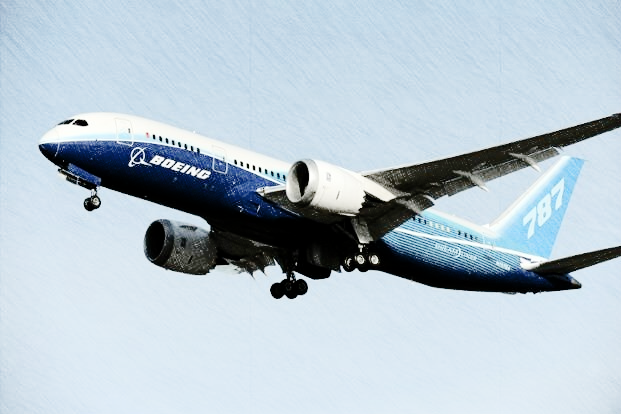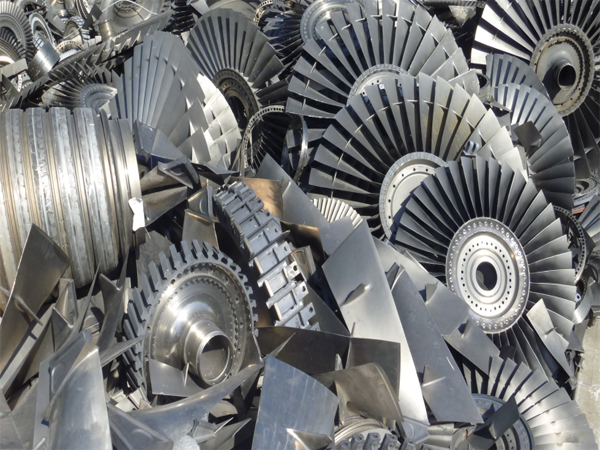Face it. You dislike fumbling around with aircraft expendables just as much as I like making my bed.

Both are messy.
I’m a terrible bed maker. My corners are never crisp, my pillow is never fluffed and my side is always sloppy. Just ask my wife. Okay, maybe don’t ask her.
Although I’m sloppy at making my bed, being sloppy and unorganized with expendable procurement is much more costly.
I see it time and time again. Partners who procure the same seal, over and over, each time with a greater urgency. They spend thousands of dollars for a measly $300 seal.
It happens far too often. We quote a seal 3 days prior, the quote becomes urgent on day 2, the PO is placed on day 3, and now you’re in an AOG situation.
For a seal (or insert another high usage expendable or consumable)…
We can blame it all on the maintenance crew all day long, but the real problem is in the planning and decision making.
With so many decisions being made by you, it gets overwhelming and daunting.
Everyday you make last minute decisions to avoid AOGs. It’s common and your not alone.
Decision making fatigue, it’s a real thing
Would you believe me if I told you that you only have so much energy to make a certain amount of decisions in a given day?
Willpower is like a muscle. You can only stress it out so much before it gets fatigued and tired. Each time you make a decision you deplete your willpower fuel tank. Your willpower fades with the more decisions you have to make.
Should you ship it this way, should you call this person, how are you to resolve this problem? Do these questions sound familiar?
Every time you answer these, you're zapping your willpower reserves. When your willpower is fading and your brain is tired of making decisions, it’s easier to make irrational decisions.
In a 2008 American Psychological Association journal their “…present findings suggest that self-regulation, active initiative, and effortful choosing draw on the same psychological resource. Making decisions depletes that resource, thereby weakening the subsequent capacity for self-control and active initiative. The impairment of self-control was shown on a variety of tasks, including physical stamina and pain tolerance, persistence in the face of failure, and quality and quantity of numerical calculations. It also led to greater passivity.”
Think without thinking and make better decisions by making less
What are you to do? Well that’s simple, make less decisions.
By creating a strategy where you can make less decisions and still guarantee expendable delivery is a no-brainer. You simply automate the procurement process.
A Just In Time Inventory program does most of the heavy lifting for you.
You determine what high usage expendables you use over a 12+ month period and every month a predetermined amount is delivered to you on time. You eliminate the decisions to decide who to send the Purchase Orders to, how and where to ship, when to track your material and call your supplier and how to follow-up with orders.
Your material shows up when and as needed, no more fumbling around with administration tasks and excessive decision making.
By automating your high usage expandable procurement you’ll cut your decision making fatigue down and make better decisions on higher value projects.
You’ll also reduce your freight costs, reduce your inventory levels, minimize AOGs, guaranteed fixed pricing and availability and significantly reduce administrative tasks.
So remember this, in order to reduce decision making fatigue, make less decisions and automate your expendable procurement process.
P.S. Our Just In Time Inventory saves thousands of hours every year for relative administrative decisions, click here to request how it can work for you.















